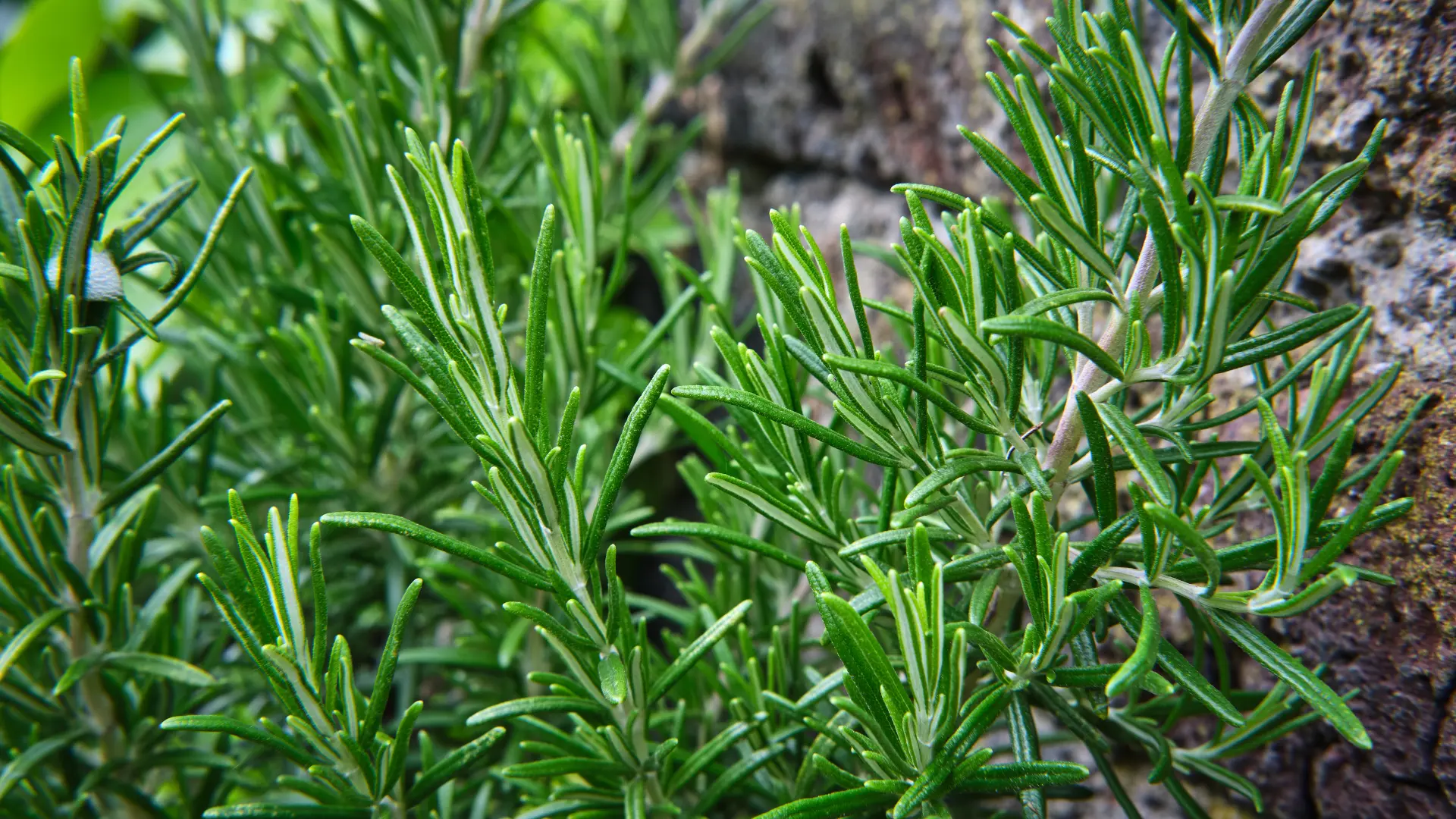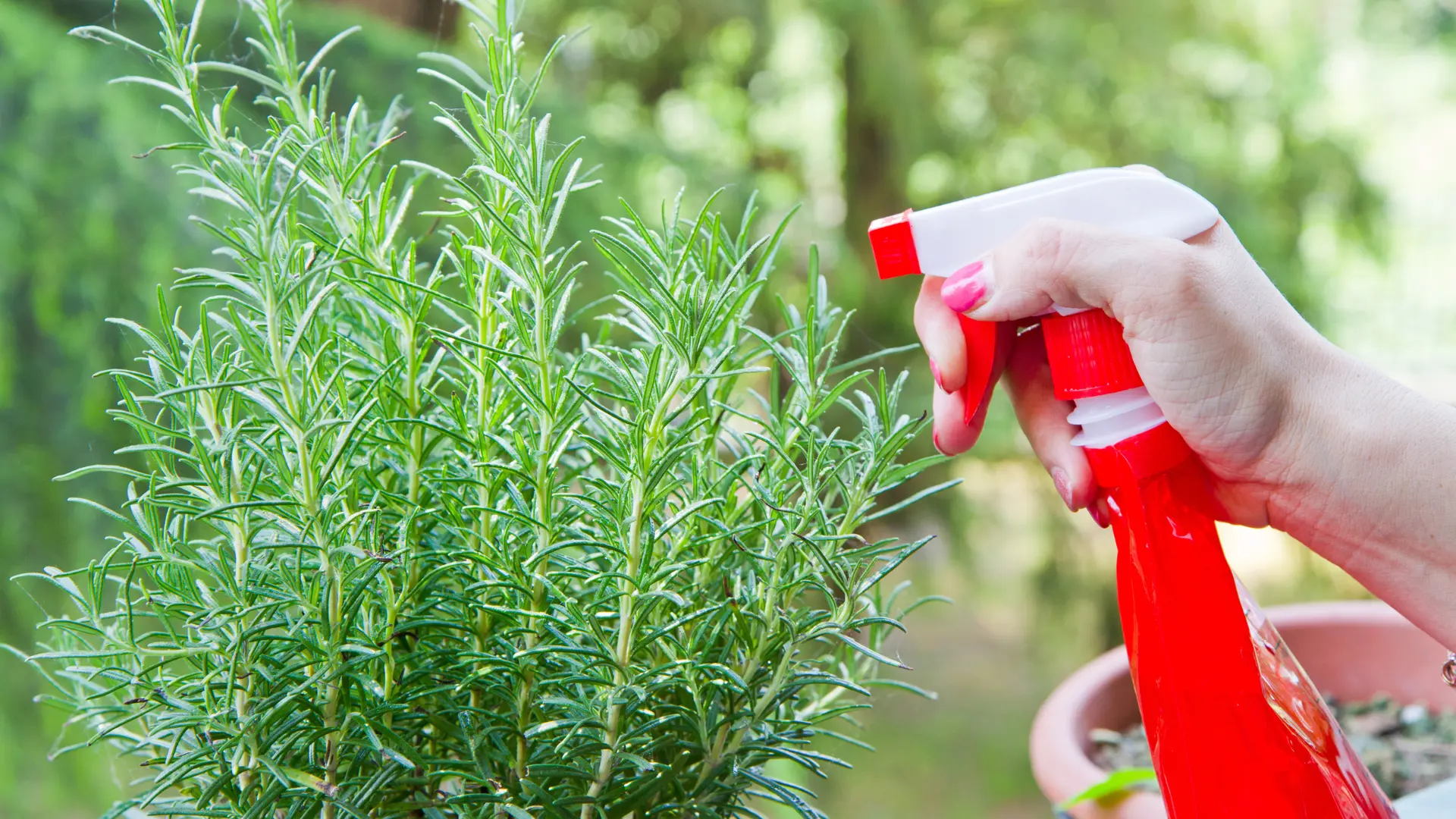Rosemary is a fragrant evergreen plant with leaves that resemble hemlock needles. It can survive droughts, surviving severe water shortages for extended periods. It is considered a potentially invasive species in some parts of the world.
Although the seeds are frequently challenging to germinate and grow slowly, the plant can live for up to 30 years. In the home garden, Rosemary is a popular culinary herb. You can cultivate it in the ground or containers, but how you water your rosemary plant varies depending on how you grow it. Learn how I water Rosemary in this guide.
How To Water Rosemary in Ground

Rosemary is a straightforward plant to grow in the ground, owing to its drought tolerance. A newly planted rosemary requires frequent watering for the first one or two weeks to aid its establishment, but once established, it requires little watering other than rainfall. When planted in the ground, Rosemary is drought tolerant and can go for quite a while without being watered.
Too much water will often kill a rosemary plant growing in the ground, and Rosemary is very susceptible to drainage. It dislikes growing in poorly draining soil and can bow down to root rot if left in excessively wet soil.
For this, you should plant your Rosemary in soil that drains well. Only water it after it has established itself in periods of intense drought.
How To Water Rosemary in Pots

While Rosemary cultivated in the ground requires little water from the gardener, Rosemary planted in containers requires a different approach. Unlike plants in the ground, Rosemary in a container does not have the opportunity to develop an extensive root system to seek water. As a result, they are much less drought-tolerant and require frequent watering.
Container-grown Rosemary, like ground-planted Rosemary, is sensitive to drainage. You should water container-grown Rosemary when the soil on the top is just dry to the touch. It’s critical not to let the soil dry completely out because rosemary plants don’t show signs of dehydration, such as droopy leaves or wilted stems. They can even die before you realize there is a problem. As a result, keep the soil of your potted Rosemary consistently moist. Endeavor planting in pots with drainage holes, as your Rosemary may suffer root rot if left in standing water.
How Often To Water Rosemary
The frequency with which you should water a Rosemary plant highly depends on where the plant is grown. Plants grown in hot, sunny areas need watering every few days. It is especially true if the Rosemary is cultivated in a small, quickly drying pot. Rosemary planted in cooler temperatures, and overcast conditions may require only 1-2 weeks of watering.
How Often To Water Rosemary In Pots Indoors
Water your indoor rosemary plants at least 1-2 times per week. Rosemary may only need watering in colder homes with low light levels every week or two. A plant may need to be watered every 2-3 days in warm homes with dry air (although this is uncommon). When grown in a small container, rosemary roots are confined and cannot spread out and grow deep to seek water. As a result, watering the plant more frequently will keep it from drying out.
Overwatering rosemary grown indoors, on the other hand, is still quite common. You can identify overwatering by brown root tips or a steadily heavy flower pot. Indoor Rosemary should always be allowed to dry between waterings. Observe the pot after watering the Rosemary and how it becomes lighter over the week. Rosemary plants also can wilt for a day or two before perking back up after irrigation (but not regularly).
How Often To Water Rosemary In Pots Outdoors
Planting your Rosemary in pots outside will need the same amount of water as if you planted it indoors. The main distinction is the variation in outdoor temperature. Watering will be slightly different inside because the temperature is much more controlled than outside. For example, setting your rosemary pots in a sunny location will result in soil that dries out faster than it would indoors (even in a sunny window).
Outdoor Rosemary, like indoor Rosemary, should only be watered when the soil feels dry when touched. When lifted, the planter pot should be light. Water your plant thoroughly and allow the water to seep out. Allowing the pot to sit in water for extended periods can cause root rot.
How Often To Water Rosemary In The Ground
Rosemary planted in the soil outdoors becomes much more drought-resistant than if grown indoors (or in a pot outdoors). It means you can water less often because it has more access to soil moisture. This is especially true for mature plants with deep roots.
When watering your rosemary plant, keep the season in mind. For example, during summer, you may water your plant 1-2 times a week, once each week in the spring and fall, and seldom at all in the winter unless you live in an arid climate. Your rosemary plant may develop root rot if you water it too commonly in the winter.
Signs Of Overwatering
Here are some signs of Overwatered rosemary plants:
- Yellow Leaves
The yellow leaves are the first sign of overwatered Rosemary. If you notice anything like this, immediately remove the plant from the container and inspect the roots. You have overwatered the plant if it’s gray-brown and easily crushed with your fingers.
- Blackened Leaf Tips
Overwatering can cause blackened leaf tips that eventually spread to the entire leaf and toward the stem. These blackened parts will ultimately wilt, and the plant as a whole will die.
- Pungent Smell
Because of a fungal infection that has already begun to grow in the plant’s root system, some overwatered rosemary plants produce a compelling pungent odor of decay.
Fixing Overwatering Problems
It is possible to revitalize an overwatered plant plant, depending on the extent. The first is to check the root system of the plant. If the root system is entirely black and soft, restoring the rosemary plant is out of the question. However, if there are still some roots that are strong and healthy, you can revive the plant. Remove the blackened parts of the rosemary plant right away.
Since the darkened areas are infected with fungi, spray with a fungicide to dissuade future growth. The healthy part of the overwatered rosemary plant can now be cultivated in well-draining soil and allowed to dry out slightly before being watered again. Before watering the plant again, the well-draining surface soil must be dry within the first one to two inches. It is required to ensure that the root system progressively returns to health.
Signs You’re Underwatering and How to Fix it
The leaves turn yellow and eventually wilt, indicating you’ve been underwatering. Overwatering causes soft leaves, while underwatering causes dry leaves and causes the rosemary plant to dry out. Underwatered rosemary plants can be easily rectified by increasing watering frequency. While the watering frequency may increase, gardeners should be cautious to avoid overwatering the rosemary plant.
